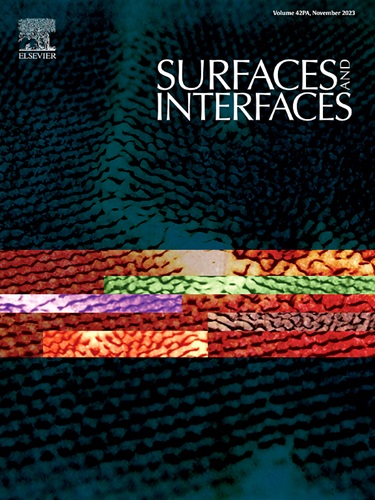Molecular simulation of graft-activated crumb rubber modified asphalt: A study on high temperature performance and its interface behavior with aggregate
IF 5.7
2区 材料科学
Q2 CHEMISTRY, PHYSICAL
引用次数: 0
Abstract
The action mechanisms of crumb rubber (CR) and graft-activated crumb rubber (GACR) on the high temperature properties of modified asphalt and their adhesion to aggregate were investigated through molecular dynamics simulation. From the molecular level analysis, grafting activation changed the arrangement and distribution of modified asphalt molecules, enhanced the binding capacity, and limited the free movement and diffusion of molecules. The strong ductility and polarity of GACR could promote the entanglement of polar molecules and increase the viscosity of the system. In the process of interaction with aggregate, compared with crumb rubber modified asphalt (CRMA), it was found that GACR modified asphalt (GACRMA) diffused rapidly to the surface of aggregate, the proportion of polar components at the proximal end of aggregate was high, and the effect of spreading and adhesion was better. This was the result of the interaction between GACR and polar molecules in asphalt and the multiple effects of van der Waals forces and hydrogen bonds derived from aggregate. The macroscopic experiments confirmed the accuracy of the simulation, indicating that molecular simulation can effectively reveal the modification mechanism and predict the properties of modified asphalt.

求助全文
约1分钟内获得全文
求助全文
来源期刊

Surfaces and Interfaces
Chemistry-General Chemistry
CiteScore
8.50
自引率
6.50%
发文量
753
审稿时长
35 days
期刊介绍:
The aim of the journal is to provide a respectful outlet for ''sound science'' papers in all research areas on surfaces and interfaces. We define sound science papers as papers that describe new and well-executed research, but that do not necessarily provide brand new insights or are merely a description of research results.
Surfaces and Interfaces publishes research papers in all fields of surface science which may not always find the right home on first submission to our Elsevier sister journals (Applied Surface, Surface and Coatings Technology, Thin Solid Films)
 求助内容:
求助内容: 应助结果提醒方式:
应助结果提醒方式:


